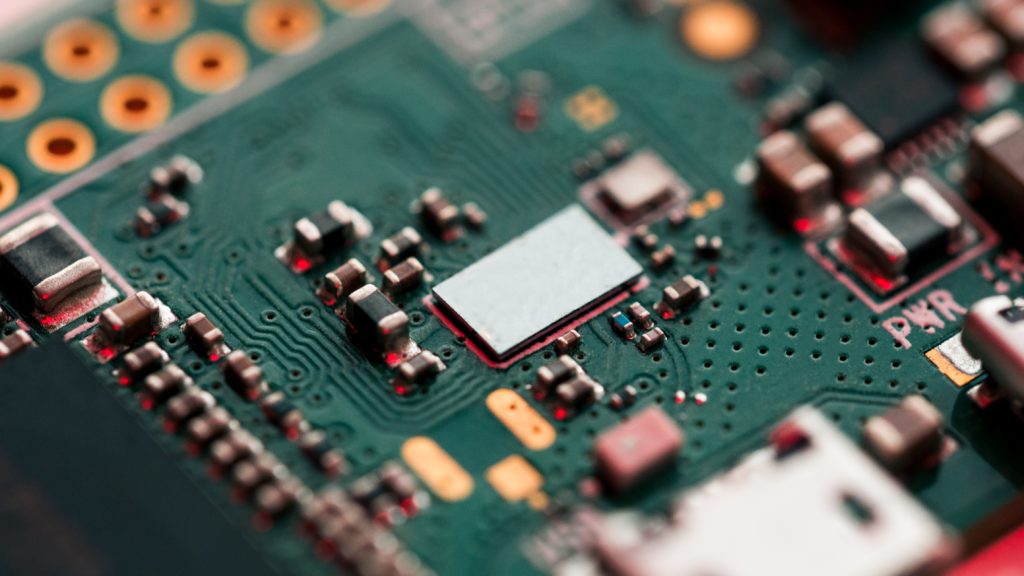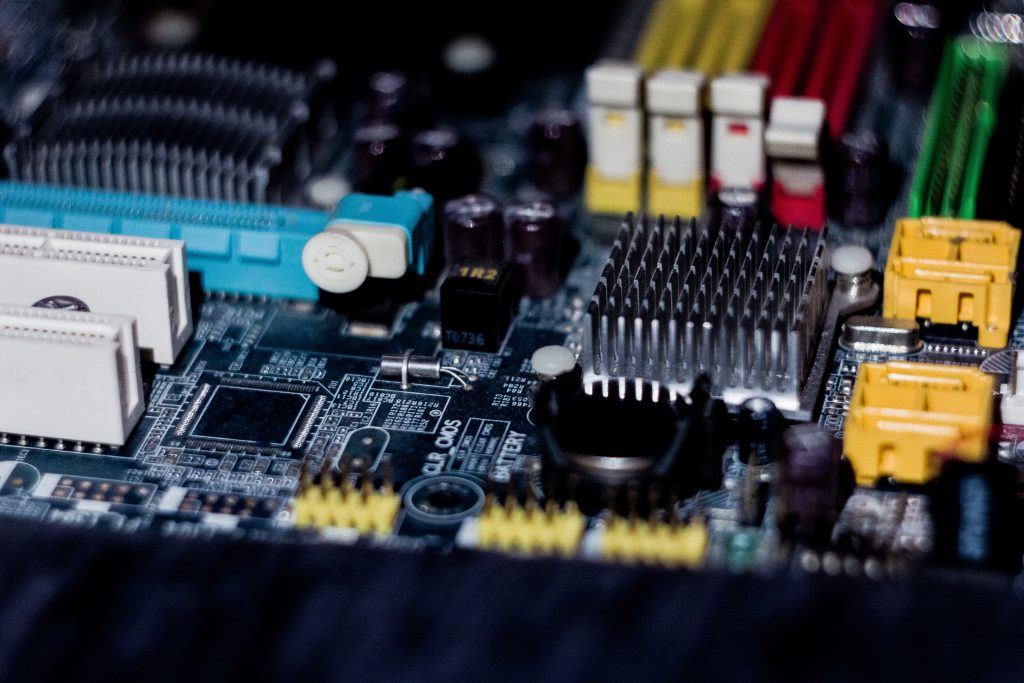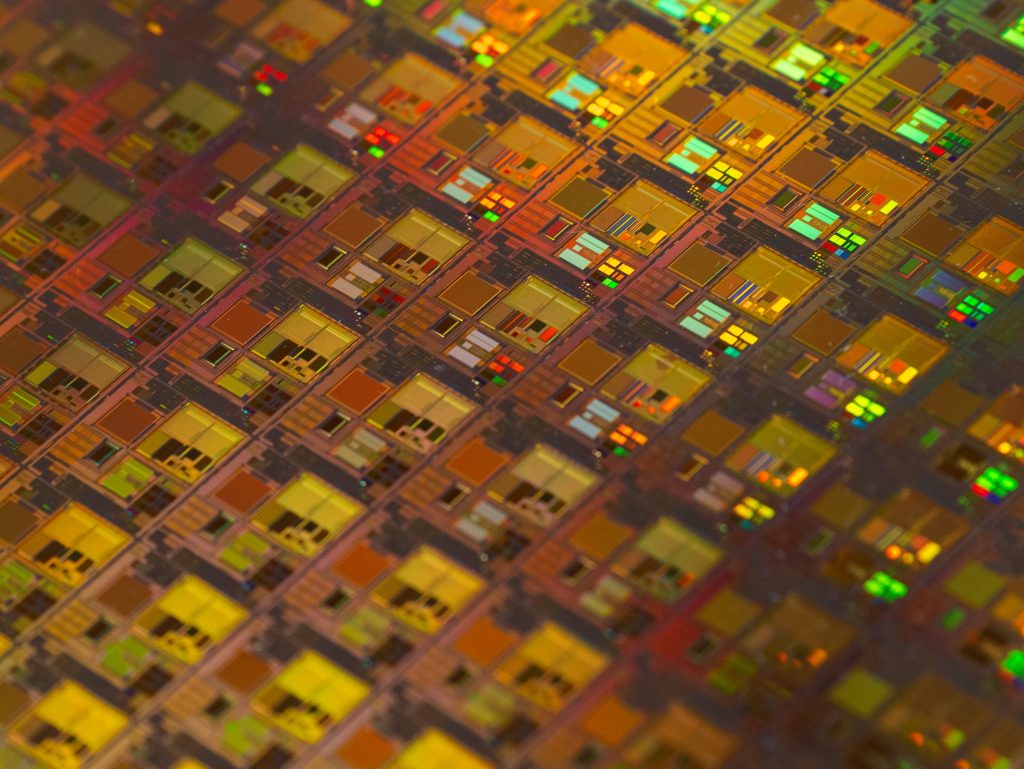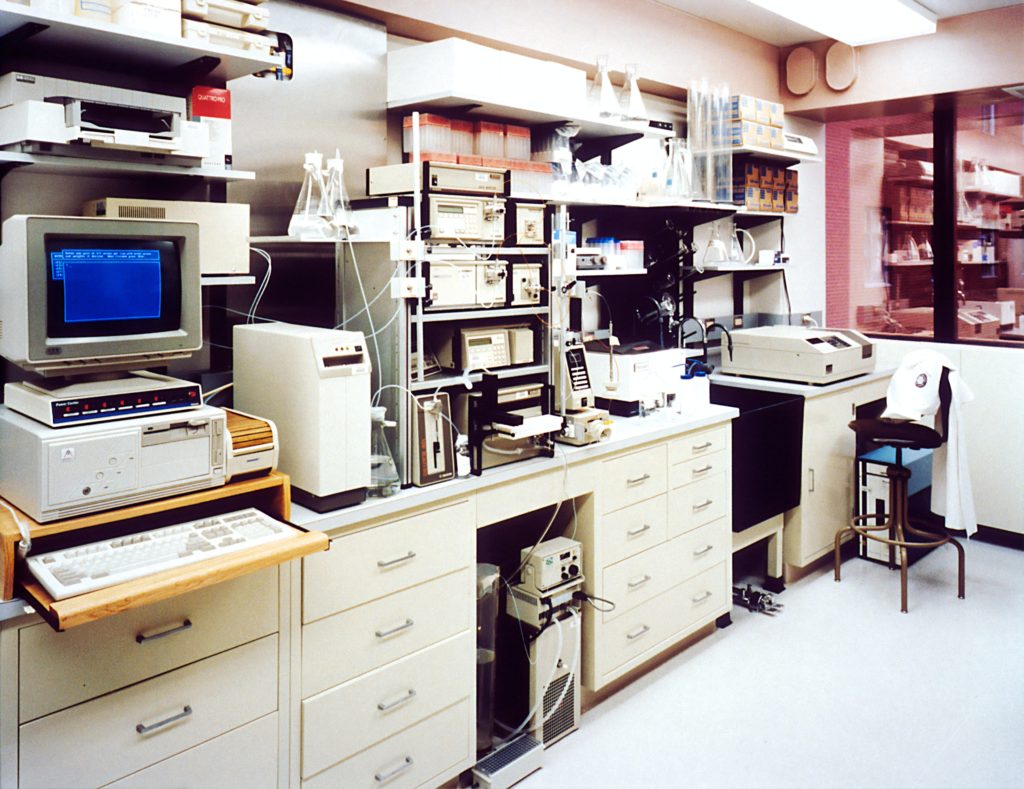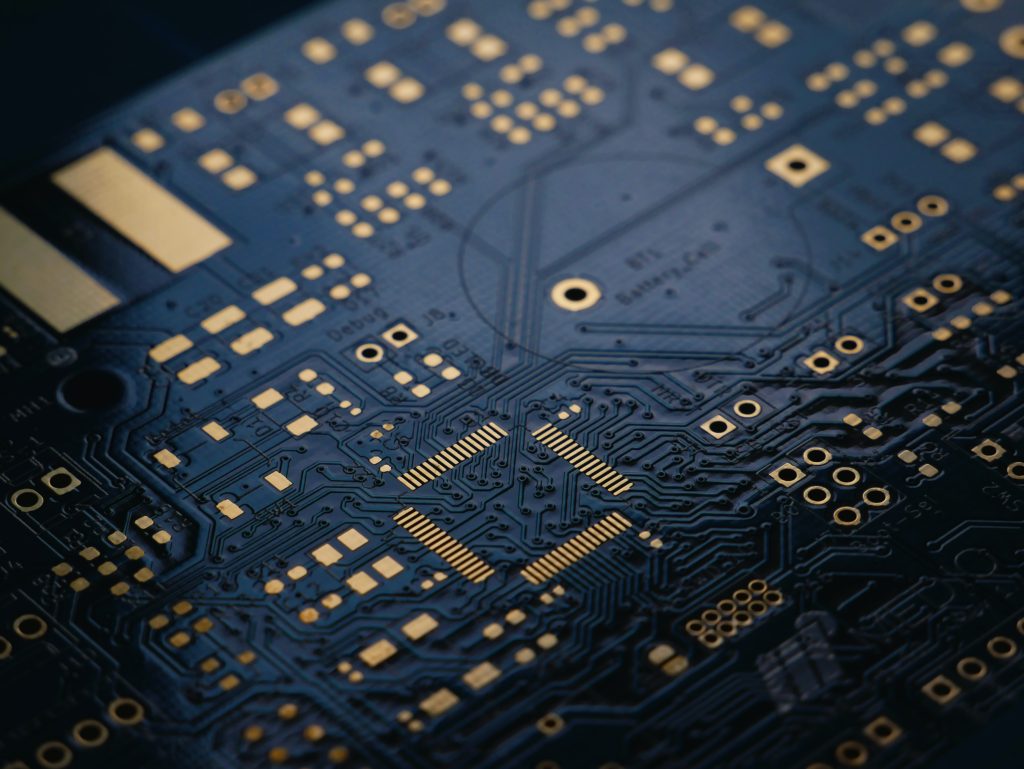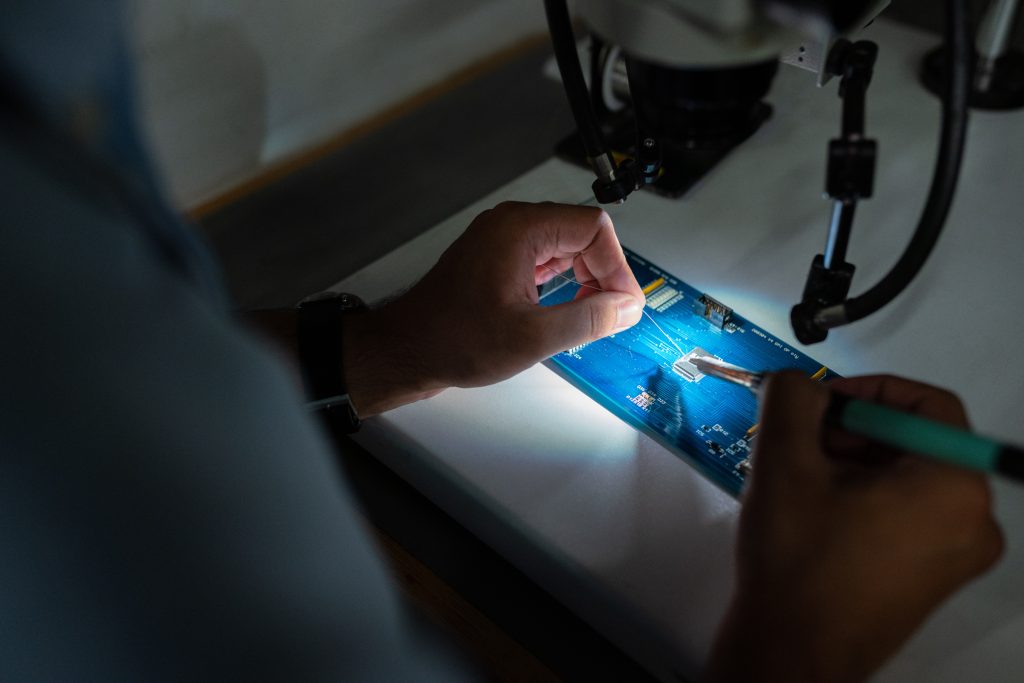Photo by Tyler Lastovich on Unsplash
THE REASONS FOR BUILDING SEMICONDUCTOR MANUFACTURING IN INDIA
By 2025, India will be one of the top electronics markets with an expected market size of over $500 Billion. The foundation of this market will be laid by the building blocks of electronics products: the semiconductor chips. However, to cater to such a large market, it is critical to develop an in-country semiconductor manufacturing ecosystem, something India lacks.
India is already home to all the top semiconductor design houses, still does not have large-scale FAB or OSAT manufacturing facilities. For decades, there has been a push to attract investment to build a semiconductor manufacturing ecosystem in India. However, none of the efforts have materialized. On top of all this, year on year, the cost of building a semiconductor manufacturing facility is increasing, and further delay is only going to put the plans to bring large-scale FAB/OSAT in India a distant dream.
Dependence: Growing electronics market demands more semiconductor products, which makes semiconductor manufacturing a critical component. India has already lost out on manufacturing drive semiconductor business and has created a heavy dependence on facilities located outside of India. A supply chain crunch thus can have a massive negative impact not only on the consumer electronics market but also on the exploding digital economy of India. All this makes in-country semiconductor manufacturing a must-have ecosystem.
Option: Investing in India and building FAB/OSAT provides another avenue to the worldwide semiconductor industry. It will also diversify the semiconductor supply chain. Given the recent geopolitics around semiconductors, India’s open market certainly presents as an attractive destination. And, this can also take away the growing dependence on specific regions/countries.
Talent: India is home to millions of skilled talent. Several of these are already part of the semiconductor industry. On another side, the younger population is heavily contributing to semiconductor-driven research. A semiconductor manufacturing ecosystem will empower skilled talents and provide them a platform to explore the other side of semiconductor product development. In the long run, it will only benefit the semiconductor industry at large.
The government of India for years has come up with several incentives and measures to attract investment to build an end-to-end semiconductor ecosystem. Some of these incentives have worked, and several of these have not. The ones that have not worked out are the critical ones (semiconductor FAB/OSAT). Thus, demanding a new approach to attract top players to kickstart a FAB/OSAT ecosystem in India.
The lack of semiconductor (chip level) manufacturing in India will increase its dependency on other countries (for semiconductor component-level manufacturing). To power the future electronics market in India, it is vital to start semiconductor manufacturing facilities today. For sure, it is easier said than done, and a combination of a few critical factors have so far stopped India from being home to large-scale FAB/OSAT facilities.


THE HURDLES IN BUILDING SEMICONDUCTOR MANUFACTURING IN INDIA
Semiconductor manufacturing is all about investment and technology. The technology part is easy to bring in as several of these processes are already available and often only require investment (facilities) to bring the product into reality. The critical part is the investment to build FAB/OSAT, and this is something India has not been successful in executing.
Attracting investment to build FAB/OSAT demands flawless planning and robust collaboration. India has several government-driven plans. However, execution at the ground level is still a distant dream due to the known and unknown hurdles.
Partnership: Semiconductor manufacturing is a sum game of two critical components: Investment and technology. Both of which require hand-holding from the government and also the private sector. All the successful (and underdevelopment) semiconductor clusters are based on a long-term private-public partnership. Such partnership has not happened in India (for semiconductor component manufacturing), and the lack of private-public venture is delaying the activities further.
Investment: In many cases, the government comes up with attractive incentives and policies (which India already has), and using them, private players start/grow their business. Even though there are several central/federal to state-level semiconductor manufacturing-focused inventive and policies, a step forward from the private sector has not happened. An investment push from the top semiconductor manufacturers can lay the foundation of semiconductor FAB/OSAT in India.
Resources: FAB/OSAT are big but not the only part of semiconductor manufacturing. There are several other support systems required to drive FAB/OSAT. It can range from raw materials to logistics to supply chain-related requirements. India has not focused on the end-to-end semiconductor supply chain yet and instead is focused more on the big players to set up FAB/OSAT. To ensure an end-to-end semiconductor manufacturing ecosystem develops in India, focusing on all (not a few) critical components is a must-have.
India has everything that a semiconductor manufacturing ecosystem demands: Talent, infrastructure, design companies, and research ecosystem. Still, business-oriented hurdles are stopping India from becoming the next big destination for semiconductor manufacturing. Thus, robust solutions around it are required (via public-private partnership).
The next few years will be critical in making a FAB/OSAT (thus building the semiconductor manufacturing ecosystem) a reality in India. If not executed correctly, it will put India’s growing electronics market heavily dependent on external factors.


